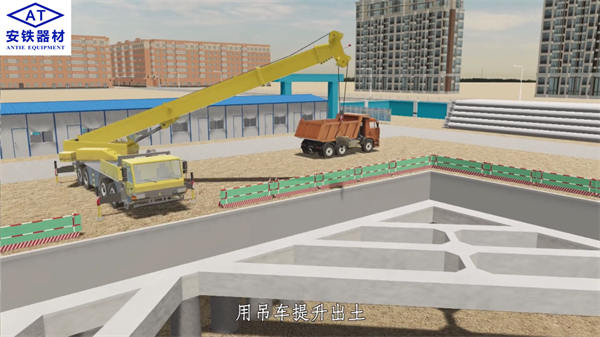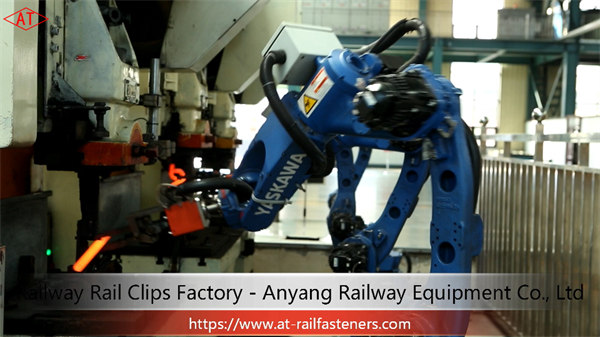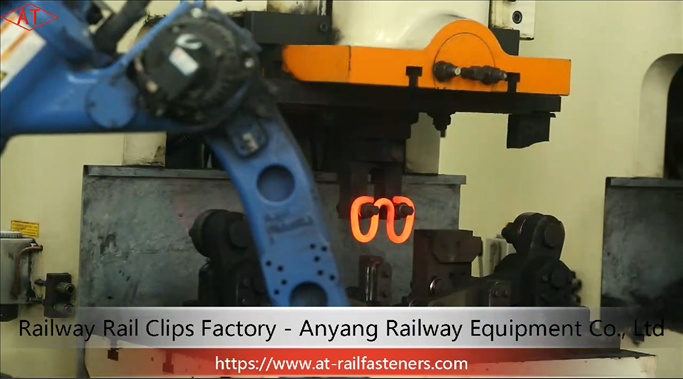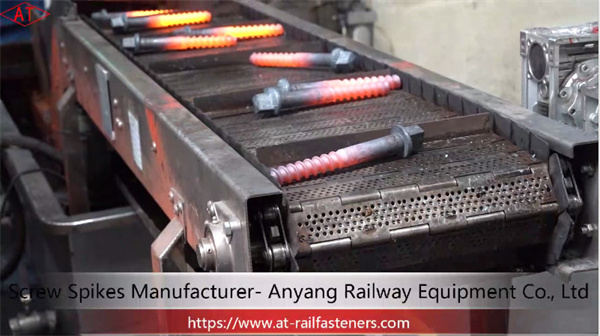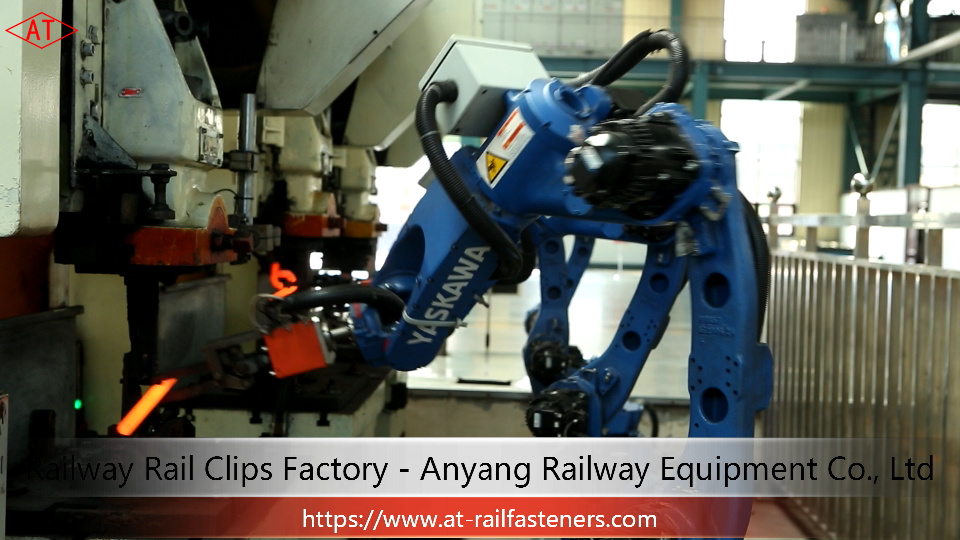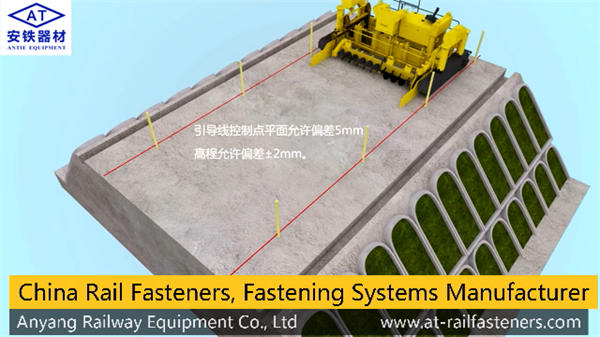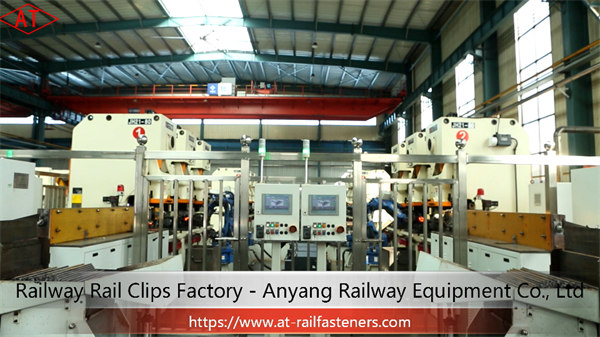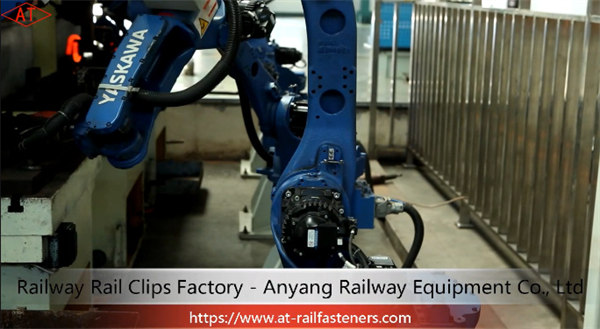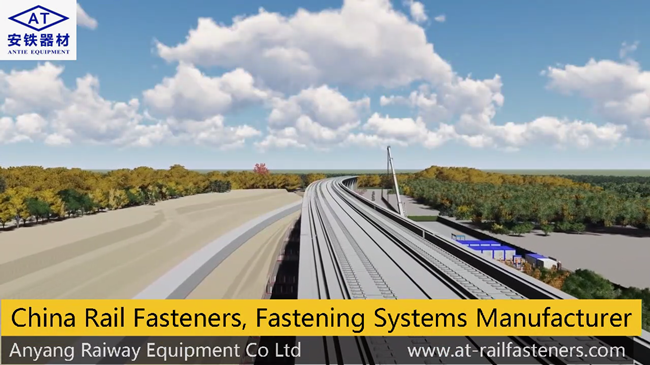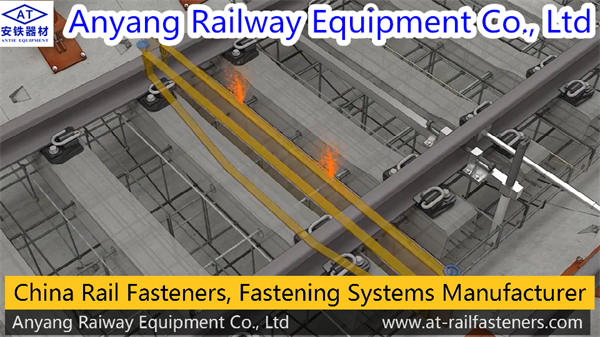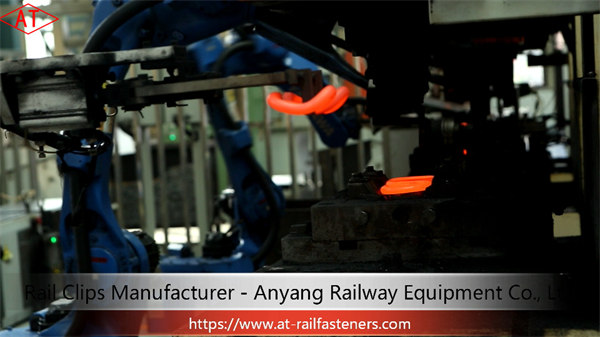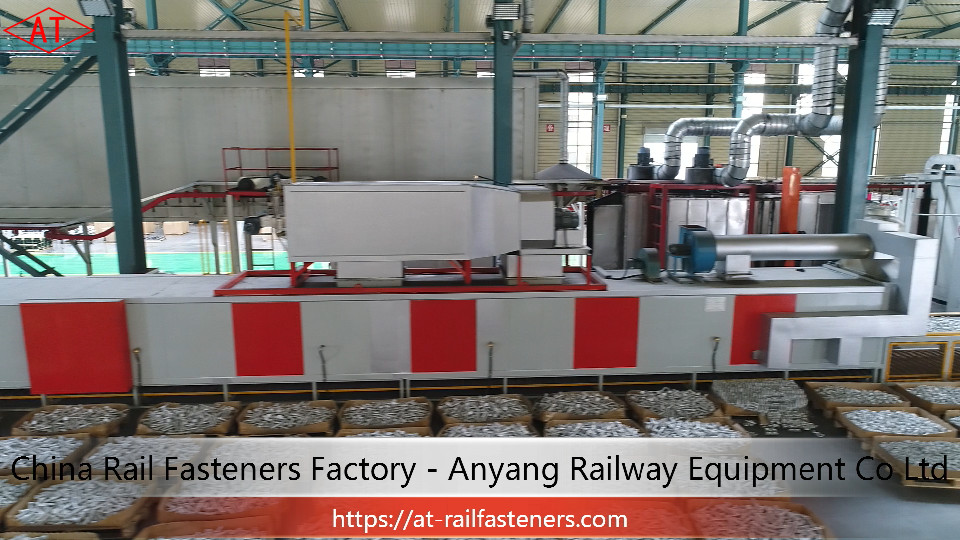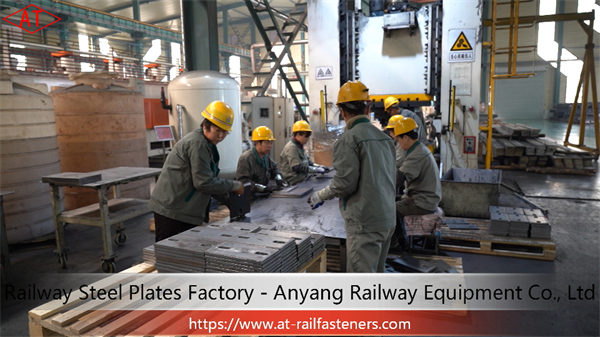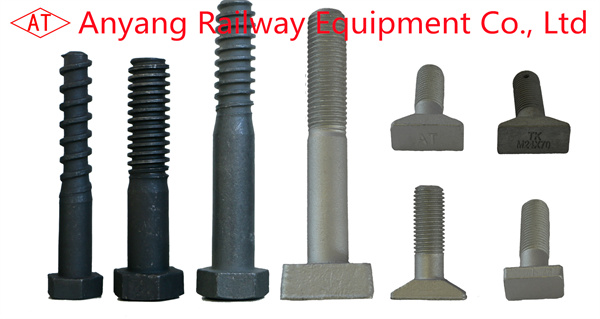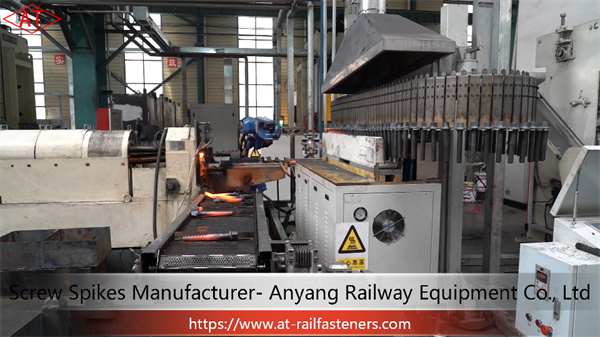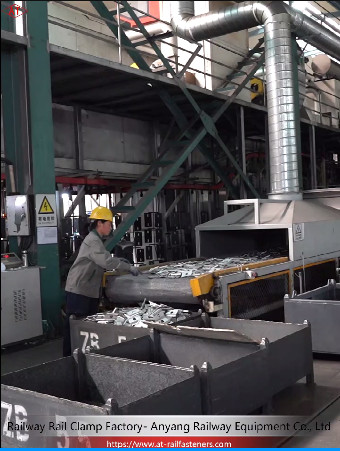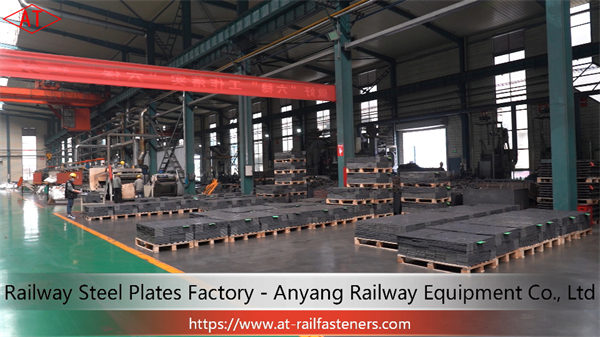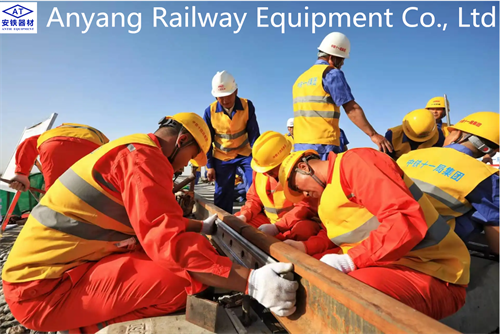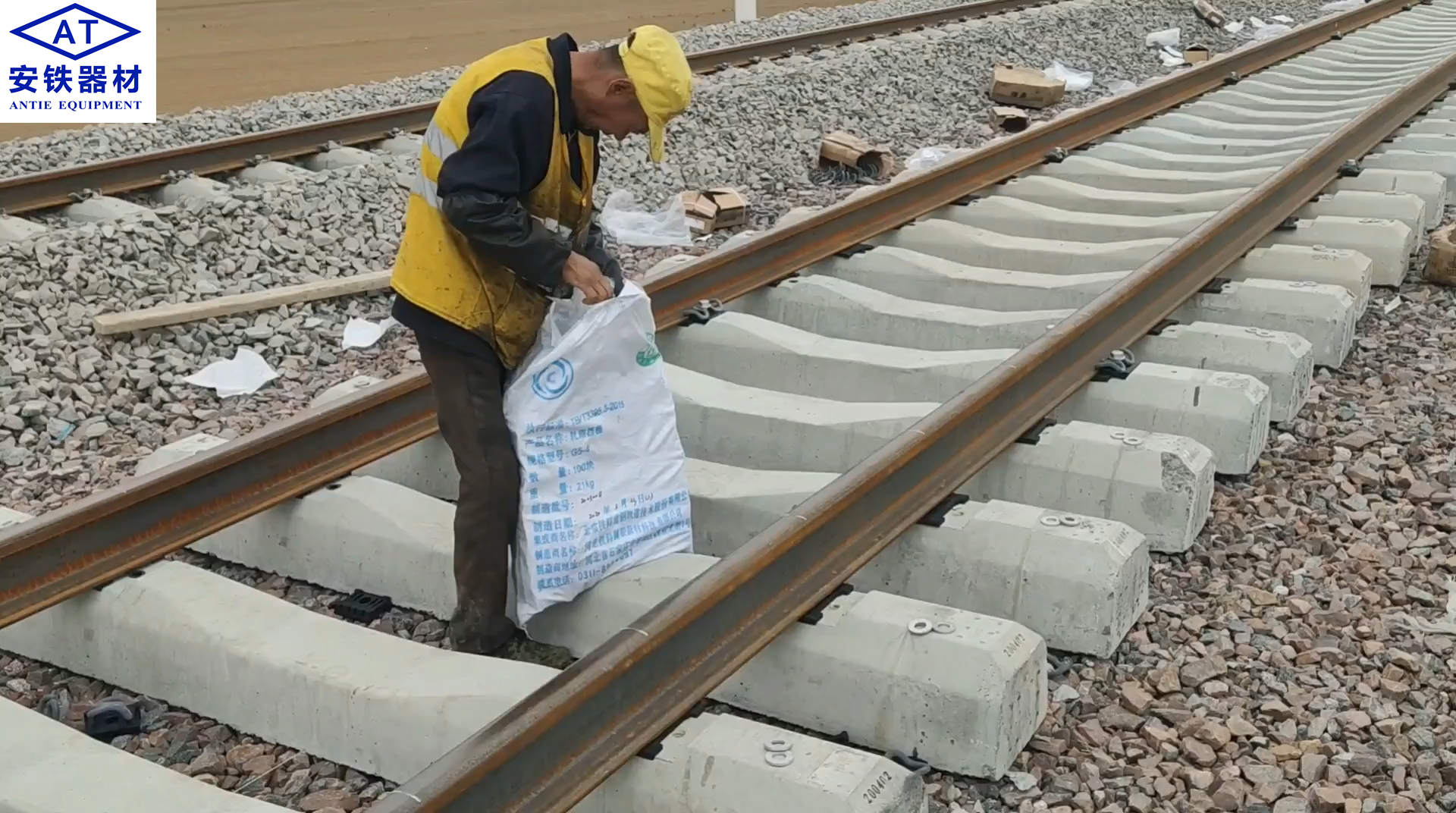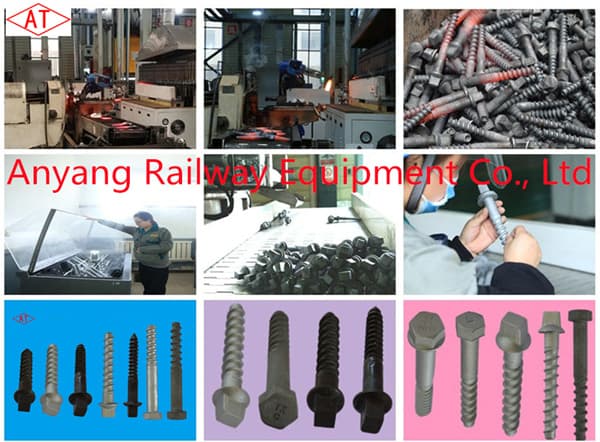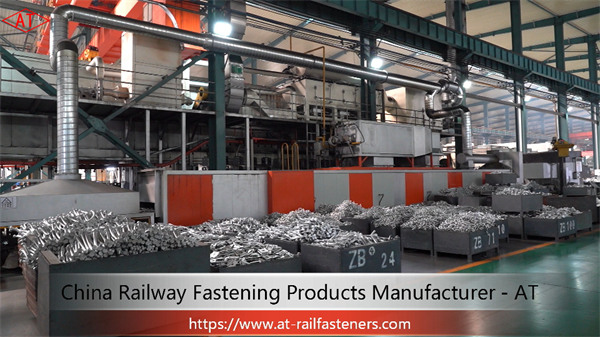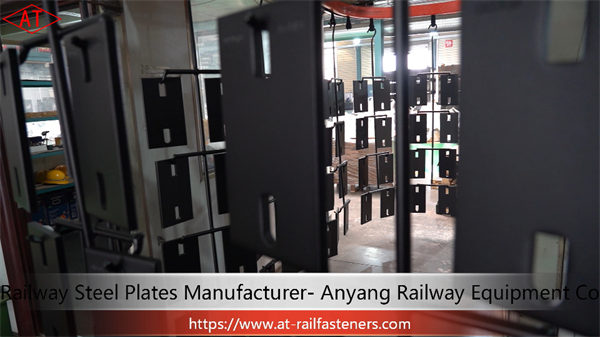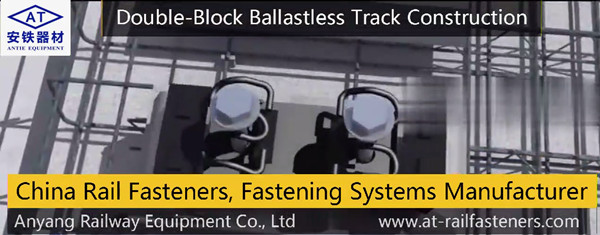
Double Block Ballastless Track Construction
The video introduces the process for the double block ballastless track construction. 1. construction preparation. 2. Construction and assembly. 3. Welding. 4. Install the rail bed. 5. Partial emergency repair.
1. Construction preparation
(1) Build the construction platform: According to the shape of the track, the construction environment, and the terrain, build the construction platform in sections according to the requirements of the track design drawings, so as to support the construction of construction machinery.
(2) Determine the track model: The track model used in the double-block ballastless track construction needs to consult the technical guidance opinions of the design unit according to the operation requirements, and ask them to specify the technical conditions such as the rail application specification and welding quality, and provide accurate information. The data is for reference when the construction unit assembles.
(3) Inspection of materials: The material yard requires signature approval to confirm that the materials are complete and the quality is up to standard, and the track steel can only be assembled after passing the approval inspection.
2. Construction and assembly
(1) Any assembled parts must comply with the procurement status and construction drawings, and after physical inspection, disassembly, cleaning, oiling, assembly, and assembly according to the requirements of the design drawings.
(2) During the assembly process, oil should be applied immediately to prevent material aging and deformation; the lubrication of nodes should be strengthened to ensure the safety and reliability of sliding parts; gaskets should be used for all sliding parts of nodes to prevent damage to rails due to loose bolts bed.
(3) When assembling rails, firstly specify its size, determine the gauge, and then adjust the fastening state of the bolts. After each new rail is installed and fastened, it needs to be fastened twice to ensure the fastening effect.
3. Welding
(1) Welding process: Double-block ballastless track welding technology is adopted. According to the design regulations, welding processes such as strong pull welding and shield welding are used to complete the welding of the rails.
(2) Welding quality: In accordance with the requirements of welding technical documents and quality standards, all welds must be completed by using nozzle welding torches, welding rods, welding pools, cleaning agents, and other welding equipment, and the quality requirements must be met.
(3) Welding control: Professional welders are used for welding, and welding reports are established to control the construction site in real-time to ensure welding quality.
4. Install the rail bed
(1) First weigh the rail bed: complete the weighing of the rail bed according to the assembled parts during construction, determine the acceptance size, remove non-specified connectors, and prepare tools, accessories, and other materials.
(2) Install the rail bed: According to the design drawings and construction assembly requirements, the steps are: erect the bracket, support the track model, install the two ends of the rail bed, and fix the bolts at both ends of the rail bed.
(3) When installing the rail bed, you should first use electronic parts to weigh, change and adjust, and eliminate the different parameters to make the rail bed bear evenly, and then use heavy jacks to fix the rails to make the rails meet the specified technical requirements.
5. Partial emergency repair
(1) Partial emergency repair refers to the track affected by the pollution of track construction during the construction period. The construction unit should organize emergency repairs immediately, clean and replace the track, and complete the disassembly and assembly of the track.
(2) The rush repair work requires that during the disassembly and assembly process, the track construction must be cleaned to prevent sediment from affecting the sliding effect of the track.
(3) After the emergency repair is completed, the professional and technical personnel are required to make adjustments to ensure smooth and reliable driving.

